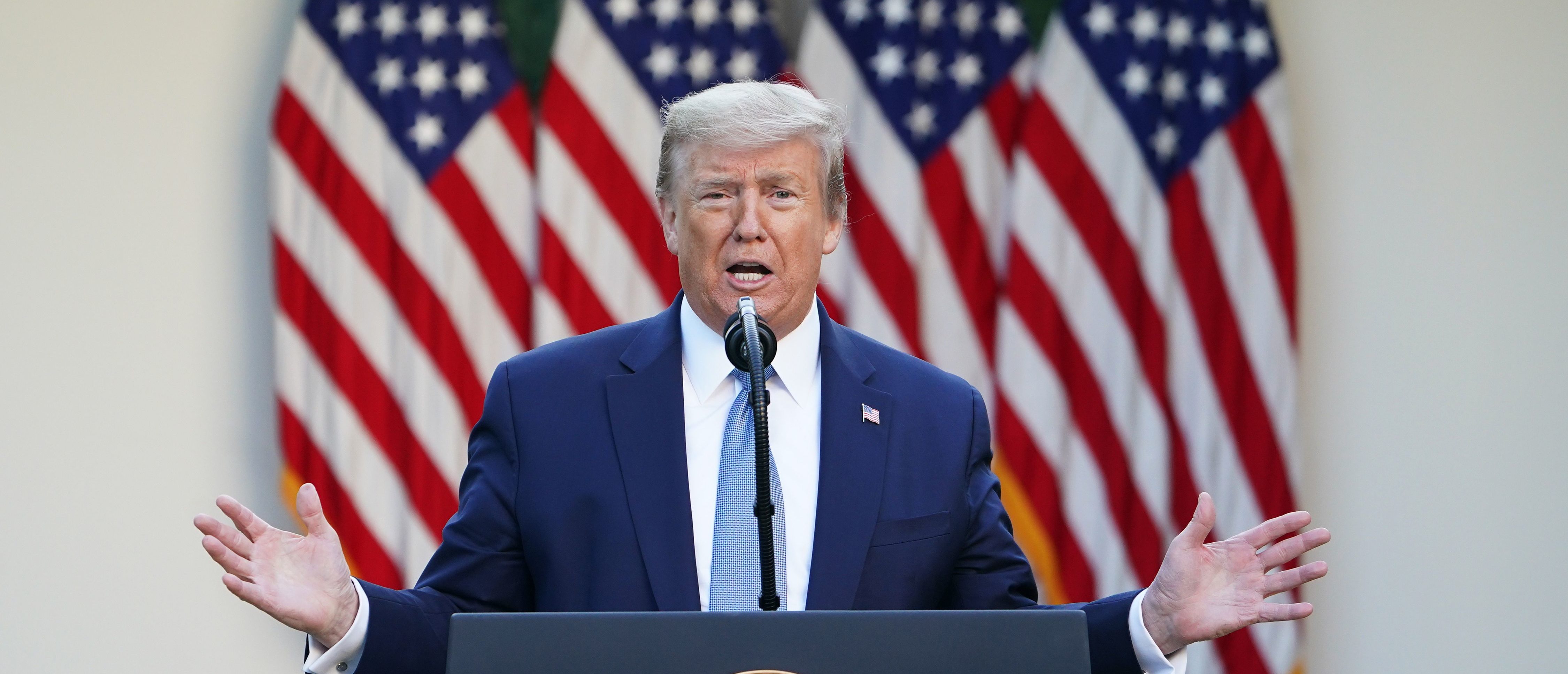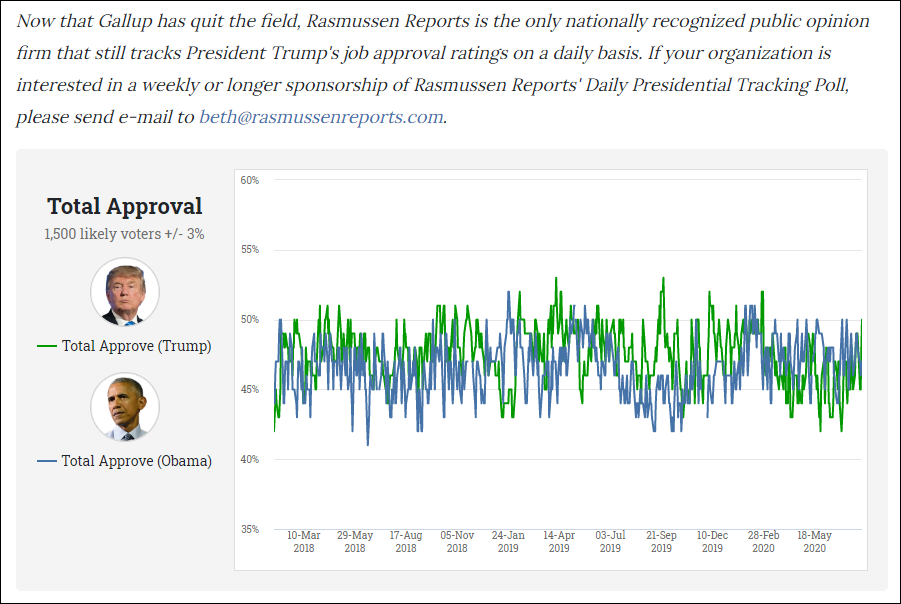Rasmussen Reports: Rasmussen Presidential Poll

Rasmussen Reports is a well-known polling firm that has been conducting surveys and analyzing public opinion for over two decades. Established in 1992, the company has become a prominent source of information on political trends and public sentiment in the United States.
History and Methodology
Rasmussen Reports began as a small, independent polling firm, but it quickly gained recognition for its focus on providing timely and accurate data on public opinion. The company’s methodology relies heavily on telephone surveys, using a combination of automated and live interviews to gather data. Rasmussen Reports employs a random digit dialing (RDD) technique, which aims to reach a representative sample of the population by generating random phone numbers.
Reputation and Controversies
Rasmussen Reports has a mixed reputation among political analysts and pollsters. Some critics argue that the company’s polls are often less accurate than those conducted by other reputable firms, citing instances where Rasmussen Reports’ predictions have deviated significantly from actual election results. Others point to the company’s tendency to use smaller sample sizes and its reliance on automated phone calls, which can lead to bias and inaccuracies in data collection.
Target Audience and Sampling Techniques, Rasmussen presidential poll
Rasmussen Reports primarily targets a national audience, conducting polls on a wide range of political and social issues. The company’s sampling techniques aim to reflect the demographics of the US population, with a focus on reaching voters of all ages, races, and political affiliations. However, some critics have argued that Rasmussen Reports’ sampling methods may not fully capture the diversity of the American electorate, potentially leading to skewed results.
Analyzing Presidential Polls

Presidential polls play a crucial role in shaping public perception of the race for the White House, providing insights into voter sentiment and potential election outcomes. However, understanding the nuances of these polls and their limitations is essential for interpreting their results accurately.
Factors Influencing Poll Results
Several factors can significantly influence the outcome of presidential polls, making it essential to consider these variables when analyzing the data.
- Sampling Method: The accuracy of a poll hinges on the representativeness of the sample. A well-designed poll will use a random sampling method to ensure that every individual in the target population has an equal chance of being selected.
- Sample Size: A larger sample size generally leads to more accurate results. However, a large sample size is not a guarantee of accuracy if the sample is not representative of the population.
- Timing: The timing of a poll can significantly impact its results. Polls conducted closer to the election are generally more accurate, as they reflect the latest voter sentiment.
- Question Wording: The wording of poll questions can influence responses. For example, a question phrased in a leading or biased way can sway respondents towards a particular answer.
- Response Rates: A low response rate can indicate a lack of representativeness in the sample, as certain groups may be more likely to participate in the poll than others.
- Media Coverage: Media coverage of polls can influence public opinion and, in turn, affect poll results. Extensive coverage of a particular poll can create a bandwagon effect, encouraging voters to align with the poll’s findings.
- Political Events: Major political events, such as debates, scandals, or economic shifts, can have a significant impact on voter sentiment and poll results.
Potential Biases in Presidential Polls
While pollsters strive for accuracy, various factors can introduce biases into the data, potentially affecting the reliability of the results.
- Selection Bias: Occurs when the sample used in a poll is not representative of the target population. This can happen if certain groups are over- or underrepresented in the sample.
- Nonresponse Bias: Arises when individuals who decline to participate in a poll differ significantly from those who do, leading to a skewed representation of the population.
- Social Desirability Bias: Occurs when respondents provide answers that they believe are socially acceptable or desirable, rather than their true opinions.
- Interviewer Bias: Can occur when interviewers unintentionally influence respondents’ answers through their tone of voice, body language, or other subtle cues.
- Question Order Bias: The order in which questions are asked can affect respondents’ answers, as earlier questions may influence their responses to later questions.
Comparison of Rasmussen Reports with Other Polling Organizations
Rasmussen Reports is a well-known polling organization, but it is important to compare its methodology and results with other prominent pollsters to gain a comprehensive understanding of the political landscape.
- Methodology: Rasmussen Reports employs a variety of methods, including live telephone interviews and online surveys, to collect data.
- Sample Size and Representativeness: The organization typically uses smaller sample sizes compared to other pollsters, which may affect the accuracy of its results.
- Focus: Rasmussen Reports often focuses on specific demographics and issues, such as voter turnout and approval ratings.
- Accuracy: The accuracy of Rasmussen Reports’ polls has been the subject of debate, with some critics arguing that its results are often less accurate than those of other polling organizations.
Impact and Implications of Rasmussen Presidential Polls

Rasmussen Reports, a well-known polling organization, has consistently played a significant role in shaping public opinion and media coverage during presidential elections. Their polls, which are frequently cited by news outlets and political analysts, offer insights into the electorate’s preferences and provide a snapshot of the race’s dynamics. This section delves into the influence of Rasmussen Reports on campaign strategies and voter behavior, exploring their historical trends and key findings.
Influence on Public Opinion and Media Coverage
Rasmussen Reports have a considerable influence on public opinion and media coverage due to their frequent polling and wide dissemination of results. Their polls, often conducted daily, provide a constant stream of data that news outlets and political commentators use to gauge the state of the race and analyze voter sentiment. The prominence of Rasmussen Reports in media coverage can shape public perception of candidates and their campaigns, potentially influencing voter decisions.
Impact on Campaign Strategies
Rasmussen Reports’ findings can significantly impact campaign strategies. By providing insights into voter preferences, poll results can help campaigns tailor their messaging, target specific demographics, and allocate resources effectively. For example, if a Rasmussen Report indicates a candidate is trailing in a particular state, the campaign might focus its efforts on that state, adjusting its message and deploying resources to improve its chances of winning.
Influence on Voter Behavior
Rasmussen Reports can influence voter behavior in several ways. The publication of poll results can create a “bandwagon effect,” where voters are more likely to support a candidate who is perceived as winning. Conversely, a candidate who is trailing in polls might face a “spiral of silence,” where voters are less likely to express support for a candidate who appears to be losing. Additionally, the release of poll results can motivate voters who are undecided or less engaged to participate in the election.
Historical Trends and Key Findings
| Year | Election | Key Findings |
|---|---|---|
| 2008 | Barack Obama vs. John McCain | Rasmussen Reports accurately predicted Obama’s victory, showing a consistent lead in the polls throughout the campaign. |
| 2012 | Barack Obama vs. Mitt Romney | Rasmussen Reports polls indicated a closer race than other polls, predicting a narrower margin of victory for Obama. |
| 2016 | Donald Trump vs. Hillary Clinton | Rasmussen Reports polls were among the few that accurately predicted Trump’s victory, showing a closer race than most other polls. |
The Rasmussen Presidential Poll has been a key indicator of public sentiment throughout the campaign, providing insights into voter preferences and shifting dynamics. While the poll focuses on national issues, it’s interesting to note that the same level of passion and dedication is seen on a smaller scale, like the unwavering support for alex highsmith among Steelers fans.
Just as the Rasmussen poll captures the national pulse, the unwavering support for Highsmith demonstrates the powerful influence of local heroes and their impact on communities.
The Rasmussen Presidential Poll, like a good horror movie, can be both entertaining and insightful. While it’s certainly not as scary as a visit to the Netherworld, it does provide a glimpse into the current political landscape. And just like the iconic line “Beetlejuice Beetlejuice Beetlejuice,” beetlejuice beetlejuice popcorn buckets are a nostalgic reminder of a beloved film, the Rasmussen Presidential Poll provides a snapshot of where voters stand, even if those numbers can shift as quickly as a spectral apparition.
